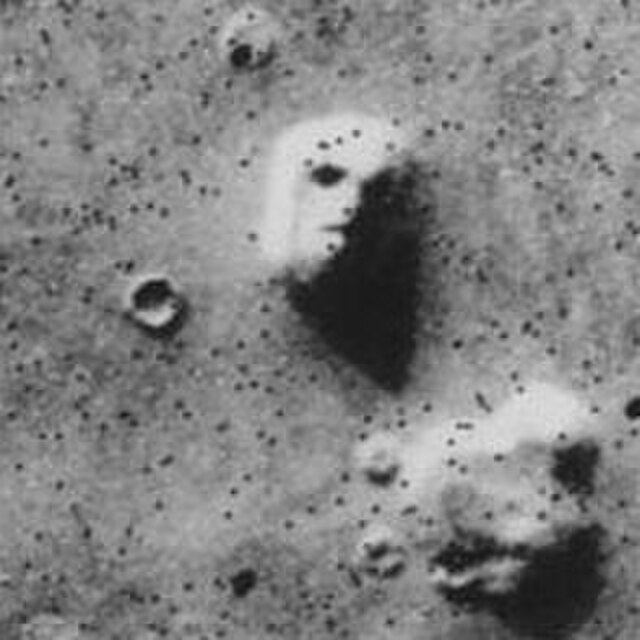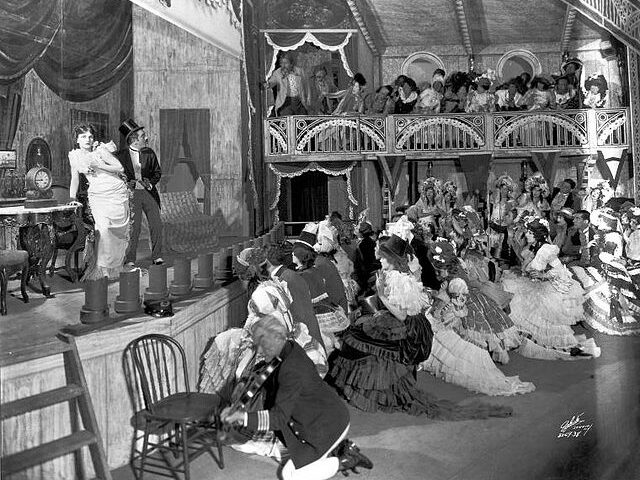On July 25, 1976, during its thirty-sixth orbit around the red planet, NASA’s Viking 1 spacecraft snapped a black-and-white photograph that would ignite decades of speculation, myth-making, and scientific debate. The image—catalogued as frame 035A72—showed a portion of the Martian surface in the region known as Cydonia Mensae. Amid the rocky mesas and eroded ridges, one formation stood out: a shadowed, symmetrical landform that bore an uncanny resemblance to a human face.
To the untrained eye, the image was uncanny—a mile-long formation featuring what looked like two eyes, a nose, and a mouth. Even NASA, in a moment of levity, dubbed it the “Face on Mars” in a press release that summer, noting that the resemblance was “a trick of light and shadow.” But what was meant as a passing curiosity became a cultural sensation.
The Viking program—composed of two spacecraft, Viking 1 and Viking 2—was launched in 1975 with the dual mission of photographing the Martian surface and conducting experiments to detect signs of life. Viking 1 became the first U.S. mission to successfully land a spacecraft on Mars and transmit data from its surface. While the landers conducted biological tests on Martian soil, the orbiters mapped the planet from above. The so-called “Face” was just one of tens of thousands of images Viking beamed back, but its impact on the public imagination was outsized.
Authors and fringe theorists seized upon the image as evidence of ancient Martian civilization. Books like The Monuments of Mars by former NASA contractor Richard C. Hoagland proposed that the Face was not a natural mesa but a deliberately carved structure—a message from an extinct alien culture. Accompanying claims about pyramids, ruined cities, and sacred geometry in the surrounding terrain only deepened the mystery in the popular mind. Documentaries and tabloid specials proliferated. The image even appeared in episodes of The X-Files and Futurama, becoming an icon of 20th-century pseudoscience.
But planetary scientists remained skeptical. The resolution of the Viking image was limited—about 50 meters per pixel—and the lighting conditions, with the sun low on the horizon, produced long shadows that could easily exaggerate natural landforms. As mission scientists had originally stated, the Face was likely an example of pareidolia, the psychological phenomenon in which the human brain perceives familiar patterns—especially faces—where none exist.
Definitive evidence came more than two decades later. In April 1998 and again in 2001, NASA’s Mars Global Surveyor, equipped with the Mars Orbiter Camera, photographed the Cydonia region with far greater resolution. The updated images revealed a rugged, eroded mesa—devoid of facial features when viewed in sharper detail and under different lighting. The illusion had vanished. The “eyes” were shallow depressions. The “mouth” a trick of shadow and angle.
Yet the Face on Mars endures—not as an artifact of Martian civilization, but as a case study in the intersection of science, perception, and belief. It illustrates how human psychology can attach deep meaning to ambiguous data, especially when filtered through the lens of hope or imagination. It also shows how scientific inquiry, when sustained over time and improved with better instruments, can clarify what once seemed mysterious.






